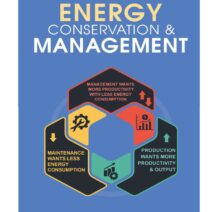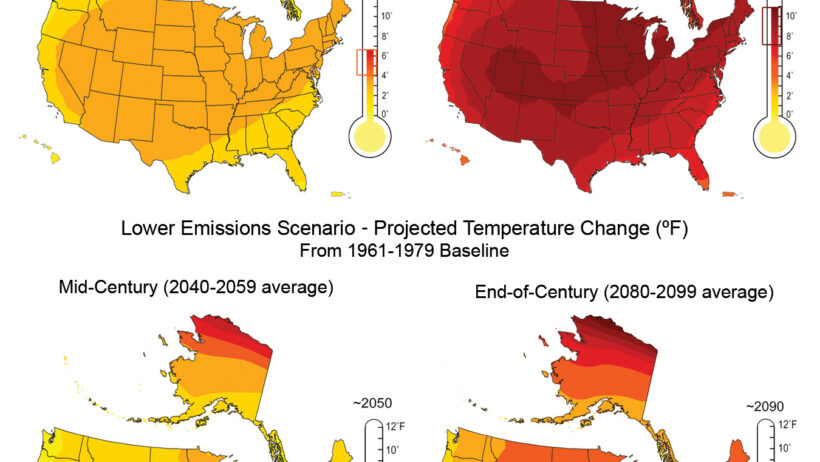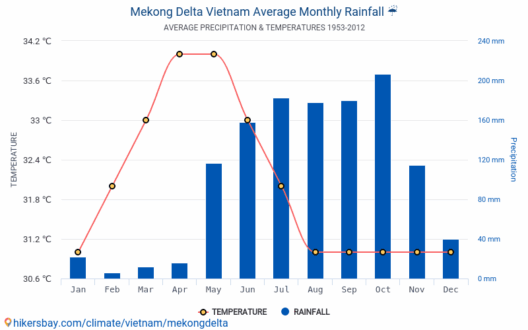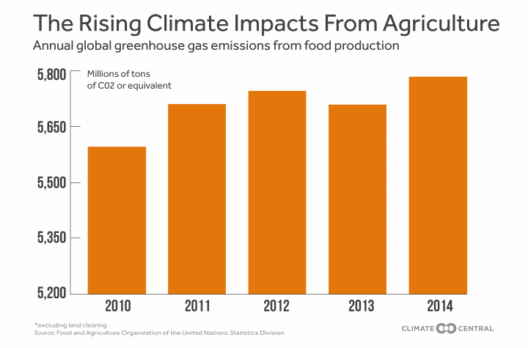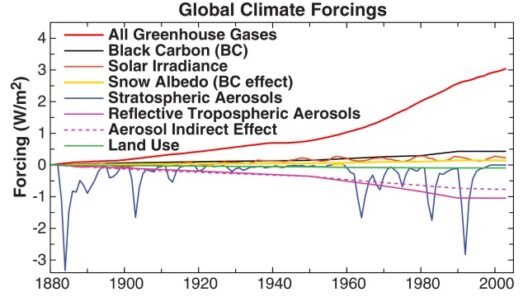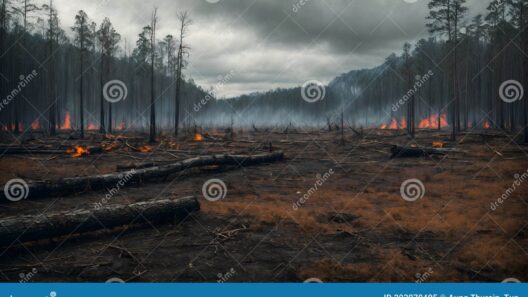The United States has been undergoing profound and, in many instances, alarming changes in its climate patterns. The phenomenon, often termed global warming, is predominantly driven by anthropogenic factors, chiefly the emission of greenhouse gases. The repercussions of these alterations extend well beyond meteorological data; they permeate ecosystems, economies, and societal structures. The objective of this discourse is to unravel the science underpinning the warming climate in the U.S., while elucidating the myriad consequences and the broader implications for the planet.
Anthropogenic climate change is primarily instigated by an increase in carbon dioxide (CO2) and other greenhouse gases (GHGs) in the atmosphere. The reliance on fossil fuels for energy production, transportation, and industrial processes has exacerbated this condition. In the U.S., the combustion of coal, oil, and natural gas releases significant quantities of CO2, thereby creating an insidious blanket that traps heat. As a result, the average temperature across the nation has escalated markedly, with data indicating a rise of approximately 1.8°F (1°C) since the late 19th century.
To comprehend the ramifications of this temperature increase, it is imperative to consider the concept of feedback loops. For instance, the melting of Arctic ice due to rising temperatures directly impacts global weather patterns. As ice diminishes, less sunlight is reflected away from the Earth, leading to further warming—a classic positive feedback loop. This cycle accelerates alterations in precipitation patterns, promoting drought in certain areas while intensifying rainfall in others, wreaking havoc on local agriculture and water resources.
Such climatic shifts result in observable phenomena such as increased frequency and severity of extreme weather events. The U.S. has witnessed a surge in hurricanes, heatwaves, wildfires, and flooding, all of which are linked to climate change. For example, the National Oceanic and Atmospheric Administration (NOAA) reports that the intensity and frequency of Atlantic hurricanes has increased, correlating with rising ocean temperatures. This trend symbolizes not only a direct threat to coastal communities but also bears substantial economic implications, as damages from natural disasters often necessitate considerable governmental and insurance payouts.
The ecological ramifications are equally pressing. Altered temperature regimes disrupt the delicate balance of ecosystems. Species are forced to migrate to higher altitudes or latitudes in search of suitable habitats, leading to biodiversity loss. For instance, coral reefs, which are already vulnerable due to thermal stress, are experiencing mass bleaching events, leading to widespread mortality of marine life. This degradation of ecosystems compromises food security, particularly for communities reliant on fishing industries, thereby exacerbating socio-economic disparities.
In conjunction with biodiversity loss, climate change exacerbates public health crises. Increased temperatures facilitate the proliferation of vectors like mosquitoes, elevating the incidence of diseases such as West Nile virus and Zika. Moreover, air quality deteriorates due to heightened ground-level ozone concentrations, exacerbating respiratory conditions such as asthma. Particularly vulnerable populations, including the elderly, children, and low-income communities, face disproportionate health burdens, revealing an intersectionality between climate and social justice.
Another salient aspect of climate change is its economic impact. The agricultural sector is notably susceptible to shifts in temperature and precipitation patterns. Crop yields for staples such as corn and wheat are predicted to decline as growing seasons alter and extreme weather events disrupt harvests. Economic modeling suggests potential losses in the billions, as food prices surge and food security is jeopardized. Farmers may need to adapt through the adoption of resilient agricultural practices, yet such adaptations often require financial investment and access to technology that may not be readily available.
It is crucial to address mitigation strategies. To combat climate change, a multipronged approach is essential. Transitioning to renewable energy sources—such as solar, wind, and hydroelectric power—has emerged as a paramount solution. These alternatives not only reduce carbon emissions but also present opportunities for job creation in the burgeoning green economy. Efforts to enhance energy efficiency through technological innovation, as well as the promotion of sustainable transportation, further contribute to emission reductions.
Moreover, reforestation and afforestation initiatives play a critical role in sequestering carbon from the atmosphere. Forests are natural carbon sinks; thus, preserving and expanding these ecosystems is vital for climate mitigation. Enhanced land management practices, such as regenerative agriculture, can also support carbon sequestration while fostering soil health and biodiversity.
In addition to mitigation, adaptation strategies are increasingly vital as climate impacts manifest increasingly. Communities must prepare for rising sea levels, shifting agricultural zones, and the potential displacement of populations resulting from extreme weather events. Investments in infrastructure resilience, such as enhancing stormwater management systems and building seawalls, will be imperative as climate change reshapes the landscape of natural and human systems.
In conclusion, the science behind the warming climate in the U.S. illustrates a complex interplay between human activity and environmental consequences. This reality calls for immediate action, as the rising temperatures herald an unprecedented challenge that threatens ecosystems, economies, and public health. A collective and informed response is essential for fostering a sustainable future, wherein society can coexist harmoniously with the natural environment while safeguarding the planet for generations to come. The time to act is now—future generations depend on the choices we make today regarding climate policy and practice.
